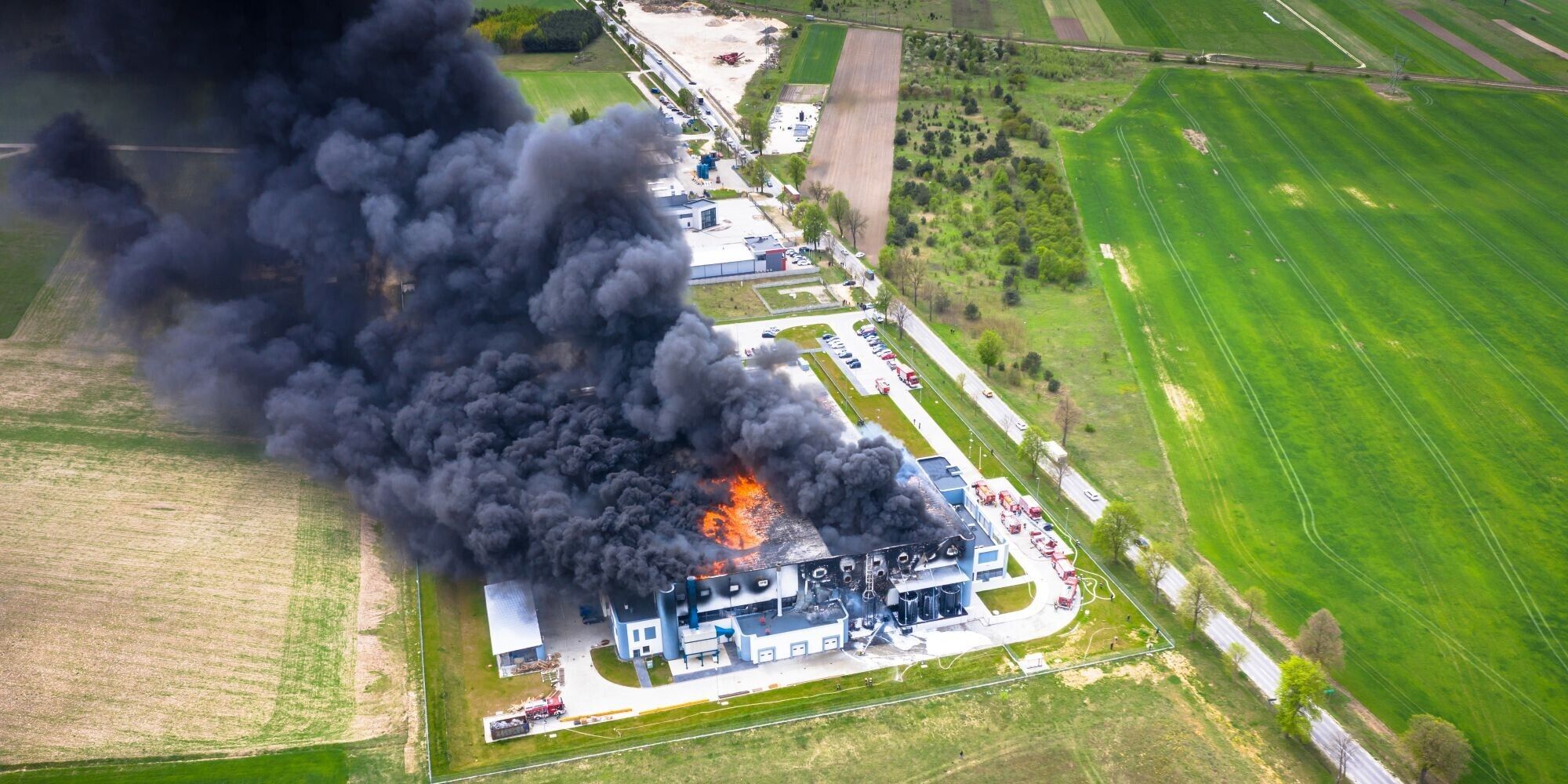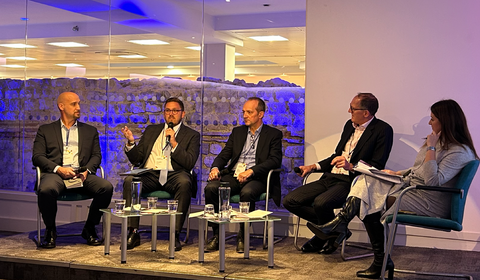Climate change and extreme weather-related events, including fires, floods, typhoons, hurricanes, windstorms and tornados, are increasing in frequency and severity around the globe.
At the same time, the insurance industry faces challenges from sustainability requirements, renewable resource demand, an evolving cyber crime landscape and the increasing use of AI.
With clear evidence of the increasing intensity of extreme weather events, the world is facing a “new normal” of climate change-driven catastrophes.
The volatility of these events is an enduring challenge for both insurers and the claims management community. When multiple events hit the same area, it can be difficult for adjusters to delineate between the original damages and the new losses.
And as populations expand and developers are required to build new properties quickly to meet demand, careful consideration of construction methods is crucial. While there will always be natural catastrophe exposures, there are ways to minimize property damage and risk to life if developers safeguard where and how they build.
Meanwhile, the challenges facing the renewable energy sector are exacerbated by the location of many renewable assets in areas that are highly exposed to catastrophe risks. Building wind turbines offshore, for example, complicates construction, increases risk and elevates the expense and time needed for repairs.
On the consumer side, increased use of electric vehicles (EVs) is placing additional stress on already-stretched power grids, while widespread use of substandard aftermarket charging systems – especially for smaller vehicles like scooters and bikes – increases the risk of costly lithium-ion battery fires.
And with more personally identifiable information being stored in the cloud and more entities being connected digitally, cyber crime is an ever-growing global threat. Phishing, ransomware and distributed denial of service attacks have all become increasingly sophisticated.
Crawford is developing new and creative ways to meet these challenges. For example, by pairing catastrophe models with satellite imagery and other technology to assess weather events in real time and compare the condition of physical assets pre-and post-loss.
Regulatory issues concerning sustainability often surface when policyholders try to rebuild after making a claim but are not aware that new construction projects must meet certain sustainability codes. By exploring ways to balance the growing cost of sustainable construction with policy coverage, insurers can help clients build back in a way that meets both regulatory and individual needs.
Crawford’s renewable energy team provides a range of services to both insurers and renewable energy investors, with relevant and responsive solutions to the evolving needs of companies across the renewable energy spectrum.
By collaborating with Crawford’s forensic accounting team, clients can receive advice from cyber business interruption experts on mitigation steps, and if necessary, quantification of any business interruption loss.
And while the insurance and claims sectors will benefit from using AI to help navigate massive amounts of data, it’s important to recognize that AI is another tool, not the solution. It will never replace the hands-on role of a skilled adjuster.
To learn more about the challenges facing insurers and policyholders in this evolving risk landscape, download our report: Large loss claims review and outlook.



